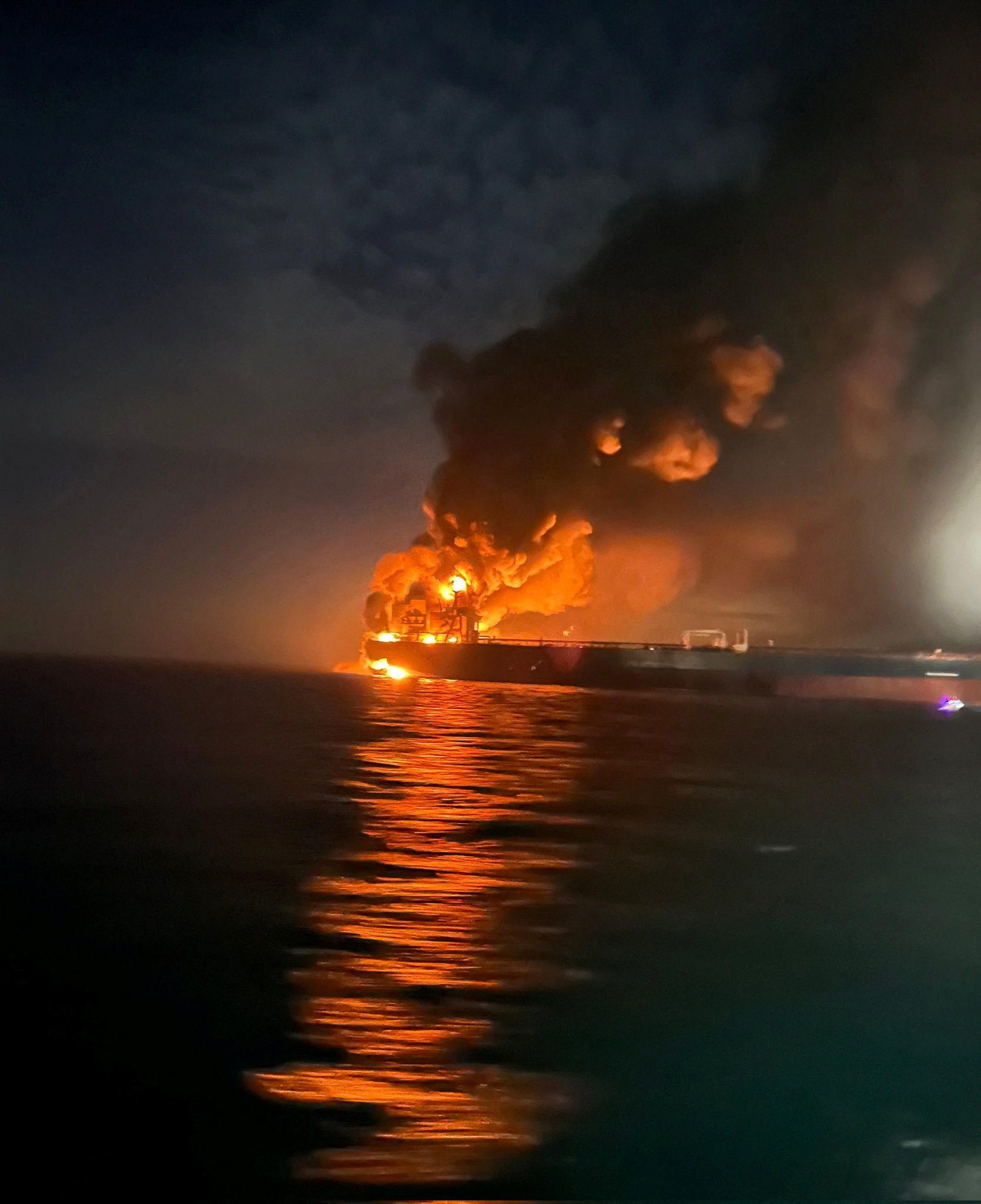The Department of Transportation’s Maritime Administration (MARAD) has issued a license to Delfin LNG, LLC for the construction and operation of the nation’s first offshore LNG export deepwater port.
The groundbreaking facility will be located in U.S. Federal waters between 37.4 and 40.8 nautical miles off Louisiana’s Cameron Parish coast.
The license grants Delfin LNG the authority to own, construct, operate, and eventually decommission the deepwater port facility. The brownfield Deepwater Port will use existing pipelines to support up to three FLNG vessels, with a total production capacity of 13.2 million tonnes of LNG per year.
The approval comes after an extensive regulatory review process involving collaboration between MARAD, the U.S. Coast Guard, and approximately 15 cooperating federal agencies, along with input from Texas and Louisiana state authorities. The project aligns with the recent “Unleashing American Energy” Executive Order, signed by President Trump in January 2025.
The journey to approval began nearly a decade ago when Delfin LNG first submitted its application in May 2015. After being deemed complete in June 2015, the project received initial MARAD approval through a Record of Decision in March 2017, subject to specific technical, financial, and environmental conditions.
Recent developments in the project’s timeline include an Environmental Impact Assessment submitted in April 2023 and an updated financial plan in July 2023. The most recent regulatory milestone occurred in April 2024, when MARAD requested an amended deepwater port license application following a comprehensive review of the company’s latest financial and operational plans.
The project’s approval represents a crucial step forward in U.S. energy export capabilities, potentially setting a precedent for future offshore LNG facilities.

 Join The Club
Join The Club











